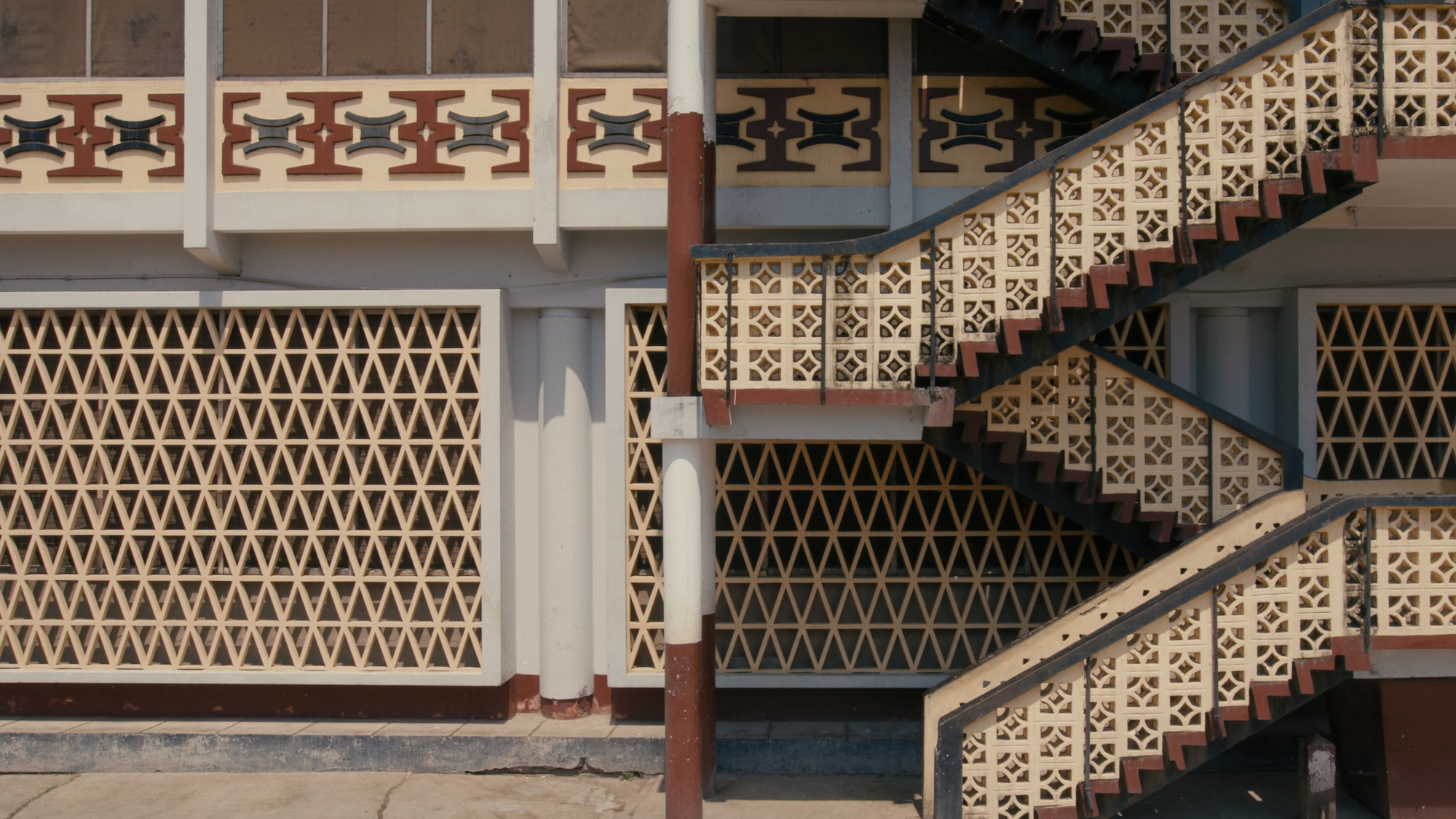LONDON — In the 1940s, British architect Maxwell Fry was convinced he and his wife and colleague, Jane Drew, would play an important role in the Empire’s last days. “I think the English have a grand job to do for the world,” he postulated in a letter to her. “Even if it is the last and final grandeur.”
That “final grandeur” would take a much different form than Fry anticipated. Despite wildly condescending views on local architecture — the wall texts quote him as referring to it as “relics of a beautiful savage life” — he and Drew would be key players in the rise of Tropical Modernism, an architectural style in India and what is now Ghana that blended modernist design principles with local architectural practices and motifs. Tropical Modernism: Architecture and Independence at the Victoria and Albert Museum extends an exhibition at last year’s Venice Biennale to tell the story of how that style came to represent postcolonial architecture in those regions by honing in on the tension between the colonial European ideas of architects like Drew and Fry and the local styles of Indian and African architects such as Victor Adegbite and Balkrishna Doshi.
When Kwame Nkrumah, Ghana’s first Prime Minister, decided upon Tropical Modernism as the urban blueprint for the new country in 1957, he invited Drew and Fry to continue their work under the condition that Ghanaian architects be involved at every step of the process. It was architects of that generation, including Adegbite and John Owusu Addo, who ushered it into its own form, elevating it from a relic of colonial culture. Adegbite, for instance, designed Black Star Square in Accra to be the civic centerpiece of Nkrumah’s Ghana. Replacing a colonial athletic field, the monument to a free and independent new nation included three parabolic concrete arches and a naturally ventilated presidential viewing platform. Tropical Modernism had quite literally become a tool of postcolonial nation-building.
The style found another champion in India’s first Prime Minister, Jawaharlal Nehru. His decision to build the new city of Chandigarh as one of the “modern temples of India” is as iconic as the architect Drew recommended: Le Corbusier. Here, the exhibition does well not to get carried away by that designer’s celebrity, focusing on the Indian architects who implemented his planned city. Some of the country’s greatest are included in this milieu, including Doshi, whose Centre for Environment Planning and Technology established a school of architectural design focused on a syncretic, decidedly Indian practice and vision, and Nek Chand, a rebellious road engineer who rejected Le Corbusier’s sterile city grid by secretly building a series of courtyards festooned with sculptures made from recycled materials.
Many of these buildings survive, and are part of everyday life as schools, universities, and marketplaces. Perhaps as important, what has also survived is the optimism of Tropical Modernism: the promise that forms can be unmoored and adapted from outdated power structures to support a more hopeful future.


Tropical Modernism: Architecture and Independence continues at the Victoria & Albert Museum (Cromwell Road, London) through 22nd September. The exhibition was organized by Justine Sambrook and Christopher Turner.

